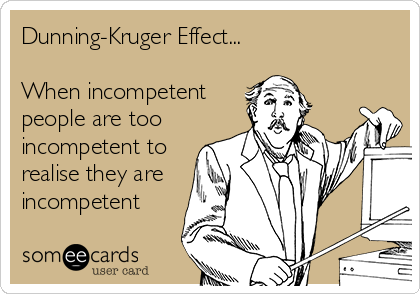🔁 ISO Series Competence and Documents
|
Upside Down Excellence
Simplifying Quality for Business Success. Monthly tips on driving excellence through innovative quality strategies. Learn how people are the key to making quality work. From containment techniques to streamlined processes, discover practical insights on empowering your team for success.
UPSIDE DOWN EXCELLENCE Quality that's simple Hey Reader Concept: Leadership defines quality culture, and everyone has the power to influence it. Strong quality systems don’t begin with standards or audits—they begin with leadership. Whether you sit in the boardroom or on the shop floor, your influence shapes your organization’s quality culture. Here are 3 points to help you improve your quality influence. Was this email forwarded to you? Subscribe Here Who Owns Quality at the Top? A recent...
UPSIDE DOWN EXCELLENCE Quality that's simple Hey Reader Concept: Adherence to procedures defines today's heroes. Checklists are the vehicle to do this. Details: (2 min read) I recently read a book called The Checklist Manifesto. The premise of the book is right in the title; checklists are more useful than you think. I highly recommend it! Many industries never learn from their mistakes. Their response is to try harder next time or to just cover the issue up. (Can you relate?) Quality has a...
UPSIDE DOWN EXCELLENCE Quality that's simple Hey Reader So this past week I needed to justify why we have to inspect parts. (This is obvious right? Apparently not.) My initial thought was to go to ISO 9001 8.6 and throw the book at them. And in my early years as a quality manager, that is exactly what I would’ve done. Quote the clause and say you need to do this. But then I wondered what is that going to get me? What will they learn? And what will that do to the company culture? Was this...
